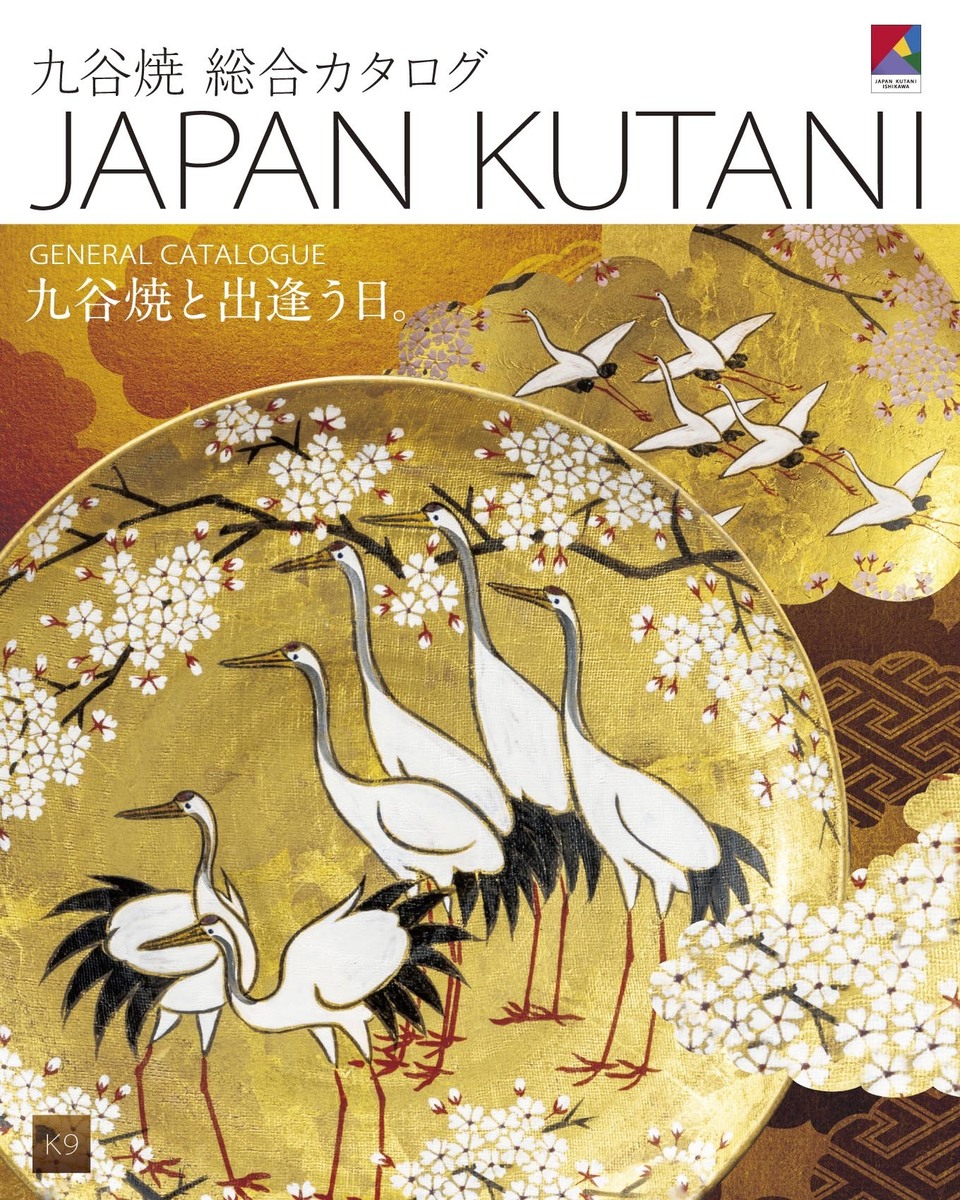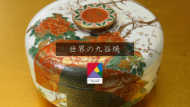Late 20th century
Modern Kutani-ware
Kutani-ware came to be known as a fine traditional art. Since the late Showa period, it has been recognized as going beyond the framework of a craft, and some of the industry’s craftsmen have been designated as living national treasures. Many new designs have been created in keeping with changes in lifestyle; these are characteristic of modern Kutani-ware.
*The six traditional decorating styles
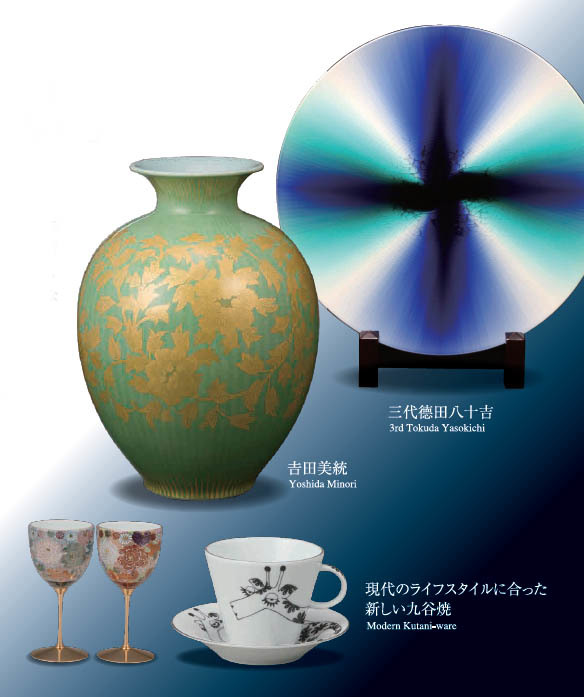
Modern | Painting method born after the Meiji era
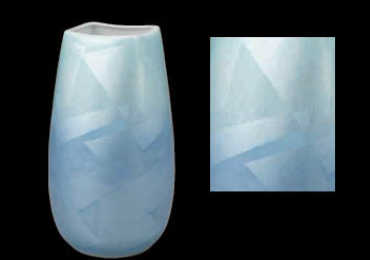
Yuri Ginsai
Silver leaf is attached and covered with transparent glaze or the distinctive five colors of Kutani glaze. This style features a glassy shine and the sparkle of metal leaf.
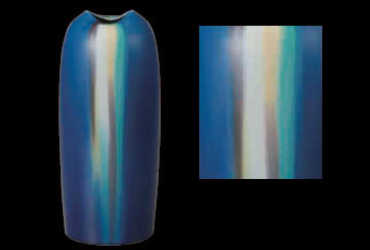
Saiyu
The pieces are glazed with five distinctive colors. This style was established by the third-generation Yasokichi Tokuda. The works are characterized by abstract, colorful motifs.
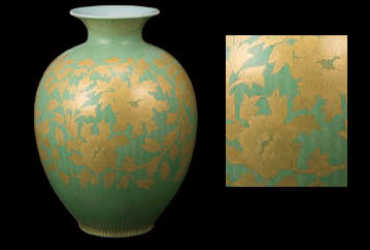
Yuri Kinsai
Small pieces of gold leaf of varying thicknesses are combined to form patterns.



